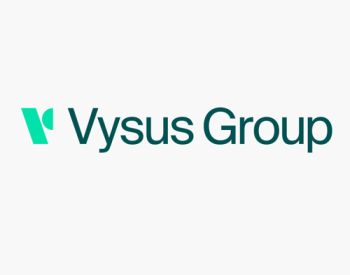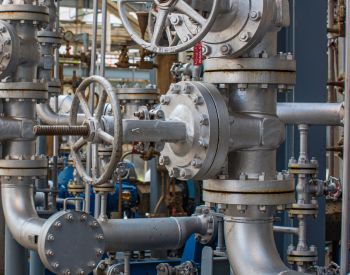Client
Global oil and gas operator
Asset
Drilling rig
Location
West of Shetland, North Sea
Client Challenge
Our client contracted us to provide rig positioning quality control (QC) services. This would support the accurate positioning of a DP3, a semi-submersible dynamically positioned (DP) drilling rig, West of Shetland. The tolerance for the well was +/-5m at the seabed, in water depths of 700m. The operator sought to challenge standard approaches, achieving efficiencies where possible.
How we helped
We found solutions to simplify the rig positioning operation and save costs, while ensuring the accuracy and reliability of the as-spud well location.
The rig was a latest generation DP3 semi-submersible, permanently installed with multiple high accuracy surface and underwater positioning systems, including full independence and redundancy. The traditional approach to DP rig positioning QC is to contract an independent positioning contractor, with personnel and additional equipment mobilised for the duration of the rig move. We devised a way to remove the requirement for a survey contractor, and associated cost, by using the rig’s own positioning system.
This new approach was possible if the rig’s positioning system was independently audited and verified as being fit for purpose and meeting the well-tolerance specification. To this, we added the appropriate oversight and relevant quality control.
Insight
Our new approach to rig positioning was achieved in the following ways.
- Conducting a desk-top 'error budget' exercise to confirm that the drilling rig's positioning systems would achieve the project tolerance, if calibrated and operating within specification. These include 4 DGPS, dual HiPap500 USBL and multiple heading reference systems.
- Providing a QC positioning specialist to oversee the performance an operation of the onboard systems by the DP operators during trails and operations.
- During pre-project DP trials, completing a positioning audit and verification of the rig and overseeing a full calibration of both USBL systems relative to a deployed acoustic beacon. The data and results were verified as being acceptable for achieving the project specification in 700m water.
- Installing a 'black-box' V-NODE unit, containing DGPS, heading and AIS sensors on the rig, allowing the data to be telemetered in real time via Iridium to the secure IRIS webmapping and data management server. The position of rig and drill centre was then independently computed on project datum and displayed live on the web map, enabling additional onshore QC.
On the day
When the rig arrived on location, the surface 'Location Arrival Fix' was computed on board from accumulations of position fixes for the drill centre, and observed with the APOS navigation system from all 4 DGPS systems.
'Onshore', we carried out further independent checks on the real-time data, with the rig shape plotted live on the web map relative to the intended well location, providing a visual confirmation on project status and positioning reliability.
The well location on the seabed was initially marked using the rig's starboard USBL system to place four markers around the intended well position. The rig then moved its drill centre onto the 'surface location' and proceeded to deploy the drill-string, observed by the ROV within the marker array.
The final well position computation and QC confirmed the as-built well was within tolerance and drilling ahead commenced.
Business Benefits
- Mitigated the requirement and cost of mobilising a survey positioning contractor for the duration of the rig move.
- Independent verification of the high accuracy positing system permanently on board.
- Only one, onboard, positioning specialist was required, experienced in DP rig positioning systems and operations.
- Independent position QC undertaken onshore using the IRIS tool, providing additional and comprehensive quality assurance for positioning reliability.
This project was carried out by Lloyd’s Register Energy, prior to the strategic carve out of the energy business in 2020, which is now Vysus Group.
Related Services

